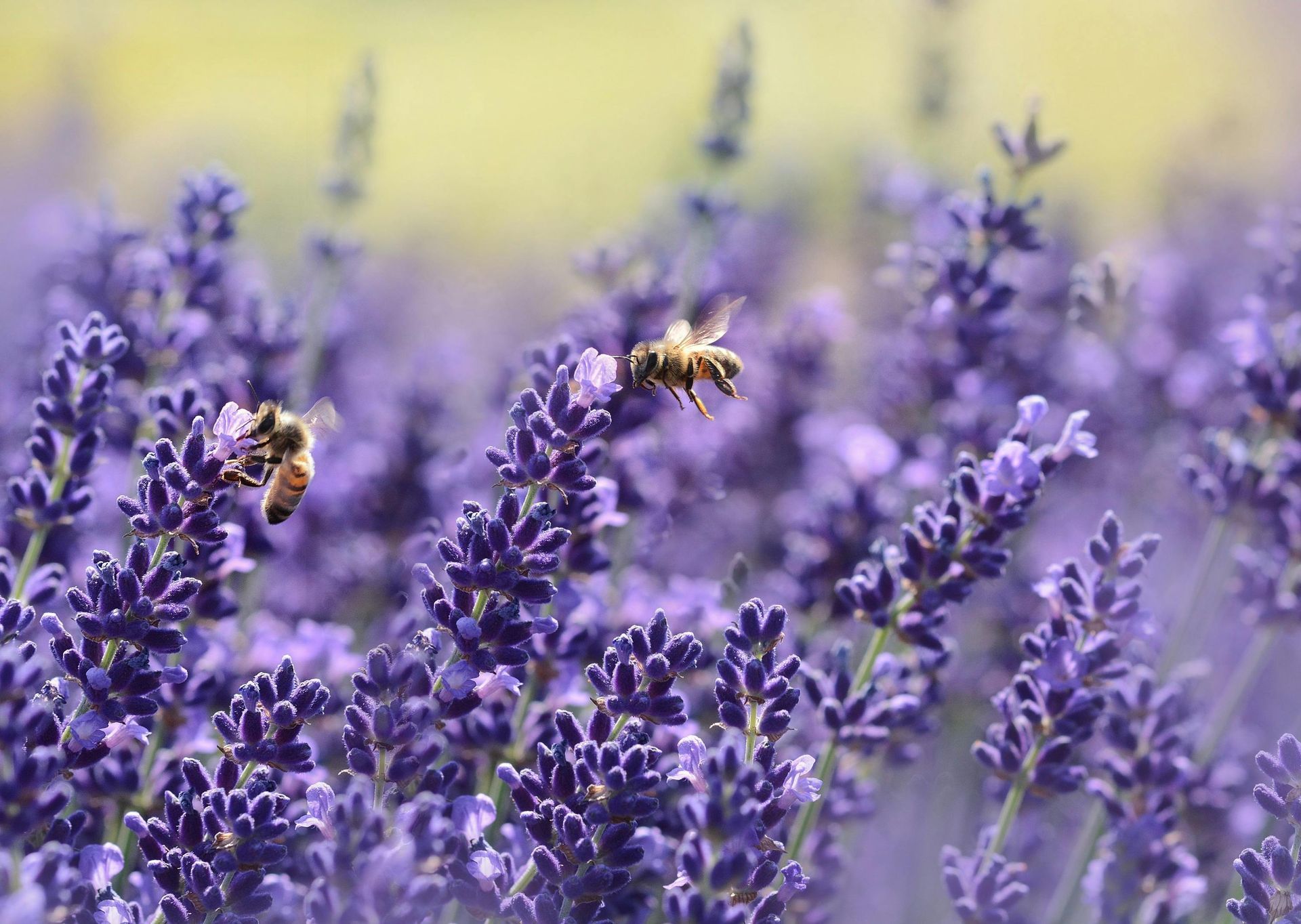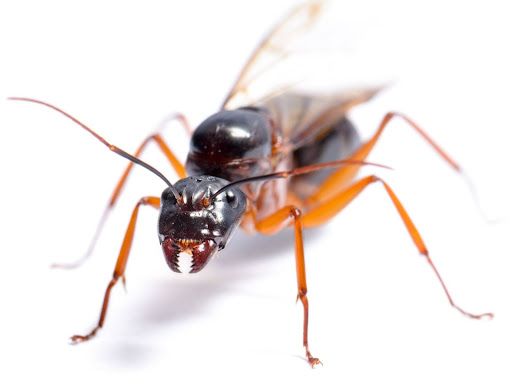The Benefits of Professional Pest Control Services: Why DIY Isn't Always Enough
Pest infestations can wreak havoc on your property, health, and peace of mind. While many homeowners attempt to tackle these problems through do-it-yourself (DIY) methods, it's important to recognize that these solutions may not always be sufficient to address the root of the problem. In many cases, professional pest control services are necessary to ensure that pests are effectively eliminated and prevented from returning. In this blog post, we'll discuss the benefits of hiring a professional pest control service and why DIY methods may not always be enough.
Expertise and Experience
One of the primary benefits of hiring a professional pest control service is the expertise and experience they bring to the table. Pest control technicians are trained in identifying various pests, understanding their life cycles, and determining the most effective treatment methods for each situation. This expertise allows them to efficiently locate and eliminate the source of the infestation, which may not be easily identified by homeowners attempting DIY methods.
Comprehensive Treatment
Professional pest control services offer a comprehensive approach to treating and preventing infestations. They utilize a combination of methods, such as baiting, trapping, chemical treatments, and exclusion techniques, to ensure that pests are eliminated and do not return. This comprehensive approach is often more effective than DIY solutions, which may only address a specific symptom of the infestation rather than tackling the root cause.
Access to Advanced Tools and Techniques
Professional pest control companies have access to advanced tools, equipment, and treatment methods that may not be available to the average homeowner. These resources enable them to perform thorough inspections, detect hidden infestations, and apply effective treatments that are both safe and efficient. DIY methods may lack the precision and effectiveness of these professional tools and techniques, leading to ongoing infestation issues.
Safety and Environmental Considerations
Pest control professionals are trained to handle and apply chemicals safely, minimizing the risk of harm to your family, pets, and the environment. They are knowledgeable about the appropriate use and disposal of chemicals, ensuring that treatments are both effective and environmentally responsible. In contrast, homeowners using DIY methods may inadvertently misuse chemicals, posing risks to their health and the environment.
Ongoing Monitoring and Prevention
Another significant benefit of professional pest control services is the ongoing monitoring and prevention they provide. Many pest control companies offer maintenance programs that include regular inspections and treatments to ensure that your property remains pest-free. These ongoing services can be invaluable in preventing future infestations and the associated damage and health risks.
Time and Cost-Efficiency
Although some homeowners may believe that DIY pest control methods save money, the reality is that professional services can be more cost-effective in the long run. DIY treatments may require multiple applications and continued effort to maintain their effectiveness, while a professional service can often resolve the issue in a shorter period. Additionally, the peace of mind that comes with knowing your pest problem is being handled by experts is priceless.
In conclusion, while DIY pest control methods may seem like a convenient and cost-effective solution, they often fall short in providing the thorough and lasting results that professional services can offer. By investing in professional pest control services, homeowners can benefit from the expertise, comprehensive treatment, advanced tools and techniques, safety considerations, and ongoing monitoring and prevention that these companies provide. Ultimately, hiring a professional pest control service not only protects your property and health but also offers long-term peace of mind that your pest problems are being effectively managed.
For more information on the smaller pests that might get into your house and what to do about them,
check out this blog post here!




